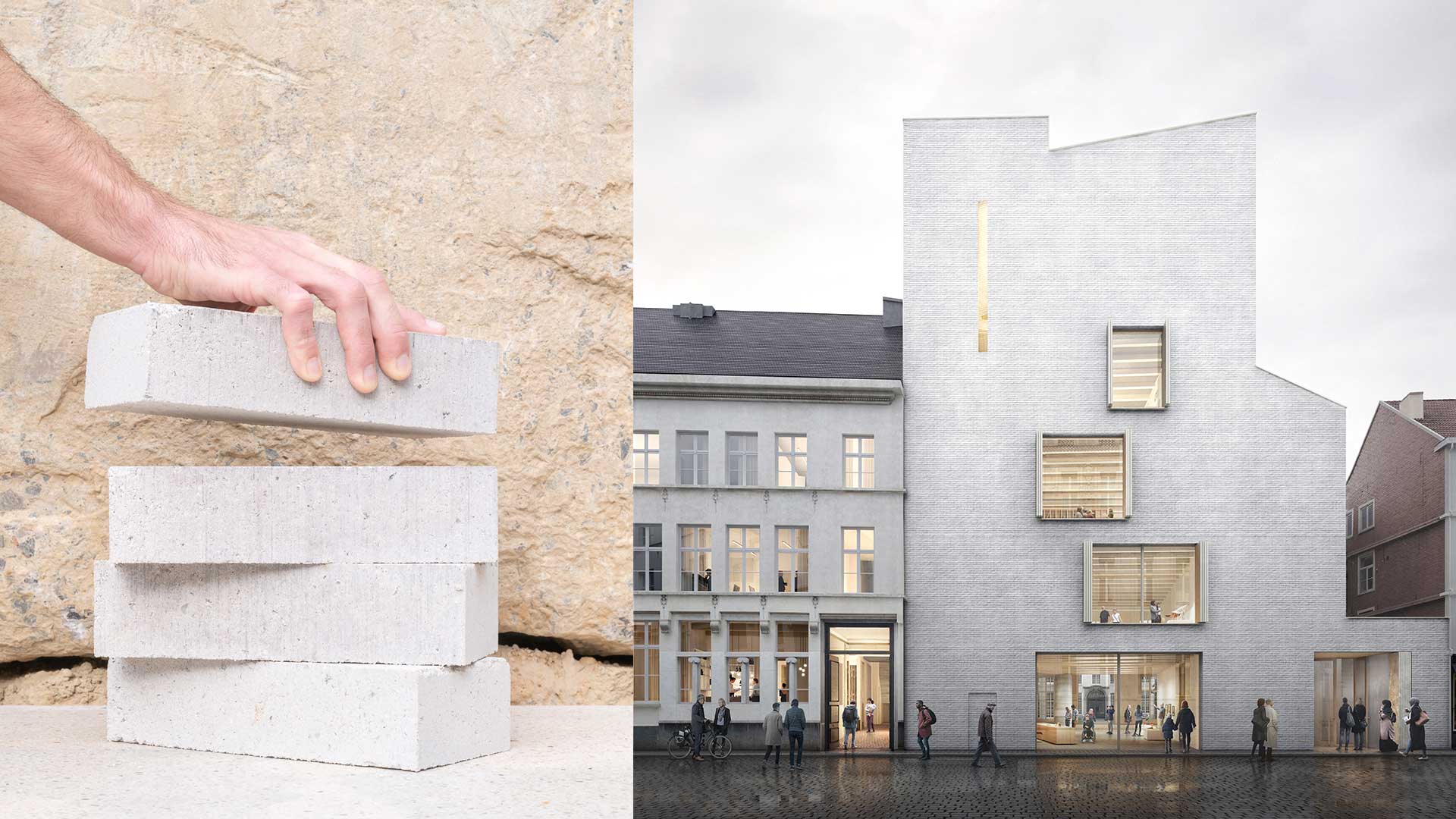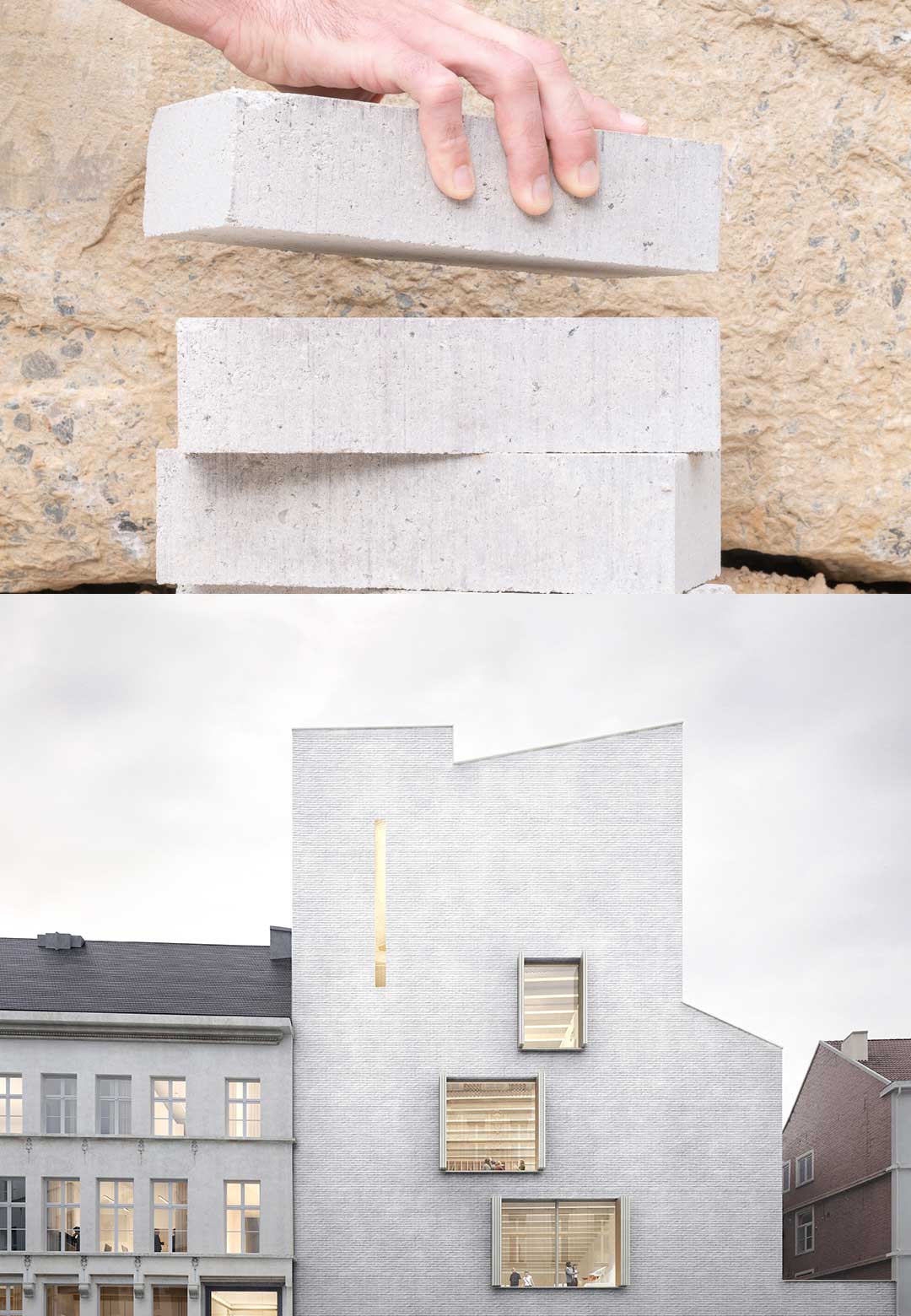A gargantuan—and ever-growing—carbon footprint ominously looms over the environment, its foreboding shadow robbing the planet of its vitals. An infamously significant contributor to this predicament is the global construction industry, where rigid and inconsiderate practises culminating in ripples of repercussions for the environment and society. The construction and use of our built environment account for around 40% of global greenhouse gas emissions, population growth and rising standards of living further exacerbating the problems. Countless studies reiterate the cruciality of rethinking construction practices and materials, calls that some researchers and designers have responded to. With the abundance of technology and research at hand, is it time to reevaluate—perhaps more critically—the damaging and obsolete procedures that tarnish the construction industry?
Joining the caravan of a new generation of building materials such as the biogenic limestone-based portland cement by University of Colorado Boulder, is the Gent Waste Brick. The ‘Gent Waste Brick for DING’ is a low-carbon brick made from recycled municipal waste from the city of Gent in Belgium, developed for the construction of the new wing of the Design Museum Gent (DING: Design in Gent). To reduce the embodied carbon used in the museum architecture, a lime-cured, local waste brick is developed and certified for use on the building’s façade—researched in partnership with Design Museum Gent, Sogent, Carmody Groarke, BC Materials, Local Works Studio and TRANS architects. “The impact of this locally produced brick with Gent waste materials lies not only in its massive carbon savings but foremost in the minds of people: it is possible to rethink our industrial processes together to move towards transitioning the built environment, our communities are in charge!” says Ken de Cooman, co-founder, BC Materials.
The renovation project to augment its existing buildings began as a part of a masterplan to transform Design Museum Gent. The new wing will house galleries and event spaces to broaden the museum’s cultural programming and visitor outreach. Made from 63% recycled municipal waste (crushed concrete and glass) from the city of Gent, the waste brick is certified for use in construction on the external facing façade of the new unit of the museum—an innovative leap towards sustainability and circular design. "By creating a brick made from recycled waste, the Design Museum Gent is not opting for the easy solution, but rather the most ecological, innovative and visually appealing process,” says Sami Schepen, Alderman for Culture and Chairman of Sogent. “With this progressive research project, our urban development company Sogent takes a pioneering role in the development of a new sustainable, circular material."
The building’s façade reflects the light-toned civic buildings in Gent. The pale-coloured brick and white mortar utilise locally sourced municipal waste streams as aggregate, employing crushed concrete and white glass with lime as the primary binding agent. Before being pressed into specific shapes and sizes, the waste materials are carefully filtered and sorted at a production centre. What separates the Gent Waste Brick from a conventional clay brick is that it is cured rather than fired, gaining strength from carbonation. The hydraulic lime captures CO2 from the atmosphere as the bricks cure, sequestering carbon over the life of the building. The design team, in the words of Neil Michels, Associate, Carmody Groarke, “all sharing a common ambition to find new low carbon solutions for the built environment to face the future,” worked closely to concoct a unique material composition that is low in embodied carbon and delivers the strength and resilience required for the project in tandem. This fabrication process, along with the use of recycled products breathes life into a brick with 0.17kg CO2e/kg— just one-third the embodied carbon of a Belgian clay fired brick.
“We designed the initial prototype material using Gent excavation waste bonded with lime to meet the brief of a low carbon, white, facing brick,” explains Ben Bosence, co-founder, Local Works Studio. The team ensured that the bricks are manufactured close to the museum and “designed a material that could be easily produced within a city and with no on-site pollution.” From start to finish, the bricks are supported by a solid development process that includes testing against European standards and consultation with the construction sector's certification body, the BCCA (Belgian Construction Certification Association). Making waves in the status quo, the project addresses complex issues pertaining to the circular economy in construction, the viability of localised construction, availability of local resources and the testing of recycled materials. “Research is one of the core activities of a good designer and a good design museum. As a museum, we need to think about the bigger questions such as climate change and to work with people to deliver solutions,” shares Katrien Laporte, Director, Design Museum.
In cahoots with Design Museum Gent, the development team produces a highly crafted, bespoke material that epitomises the culture and ethos of the institution, questioning the qualities and aesthetic properties of a traditional brick and joining the clan of design objects displayed at the museum. The museum’s progressive engagement programme will give residents and visitors the opportunity to help make a brick that builds the new museum wing. The bricks, manufactured on a brownfield site in Gent, can easily be replicated in other urban settings; there are no resultant emissions, by-products or waste. Initiatives such as the Gent Waste Brick define the course of current conversations around sustainable architecture and upcycled design, pushing the contemporary world to contemplate the vision of the near future—and the bricks that forge it.






 Sign in with email
Sign in with email










What do you think?